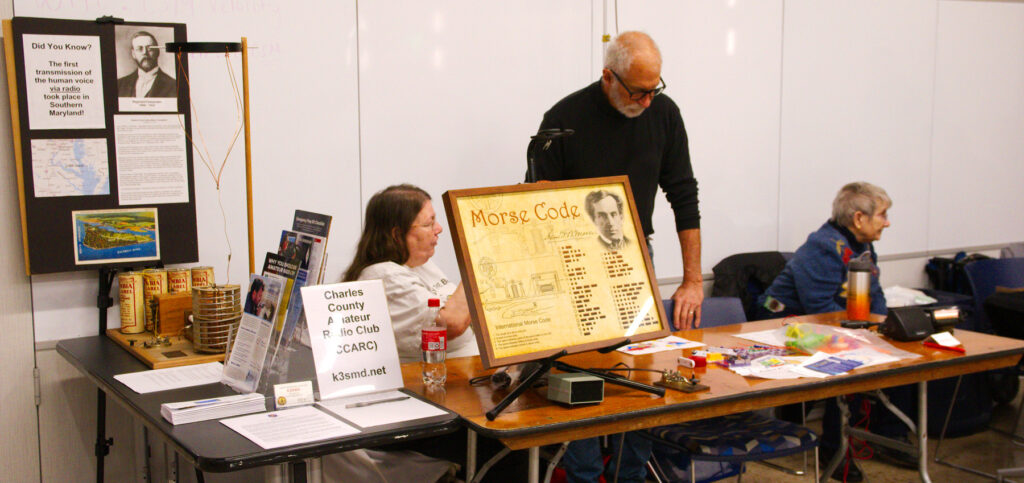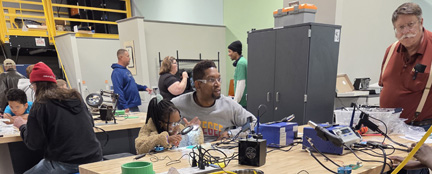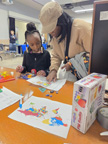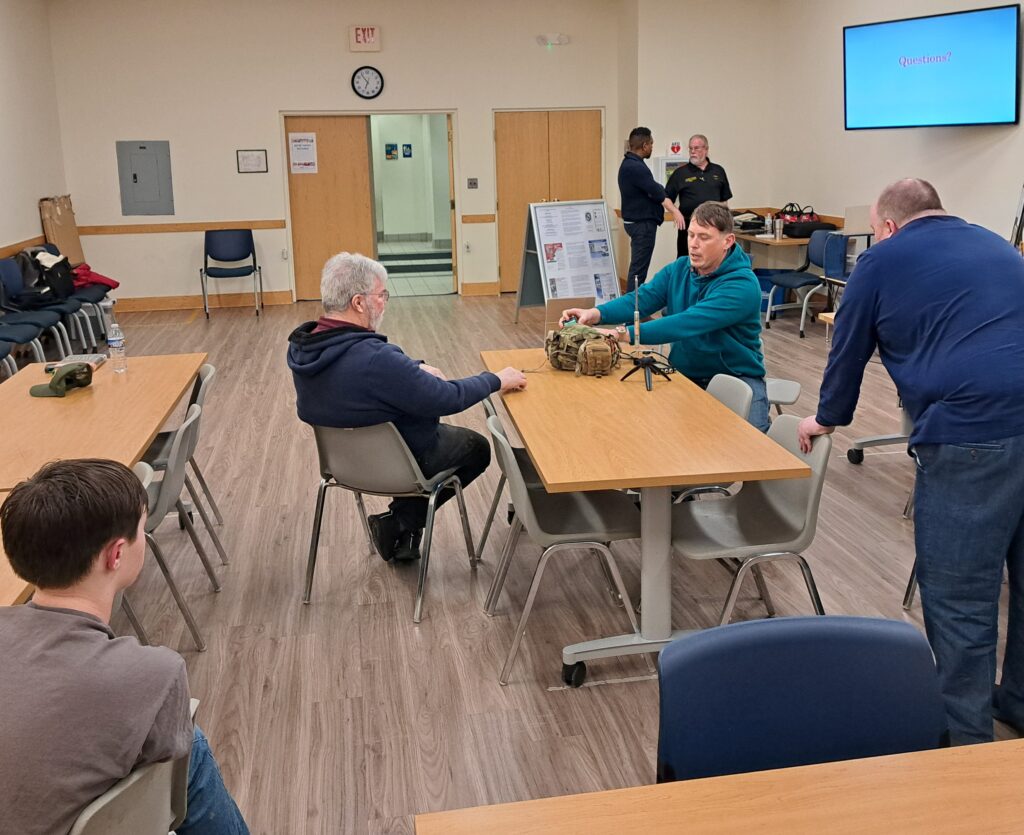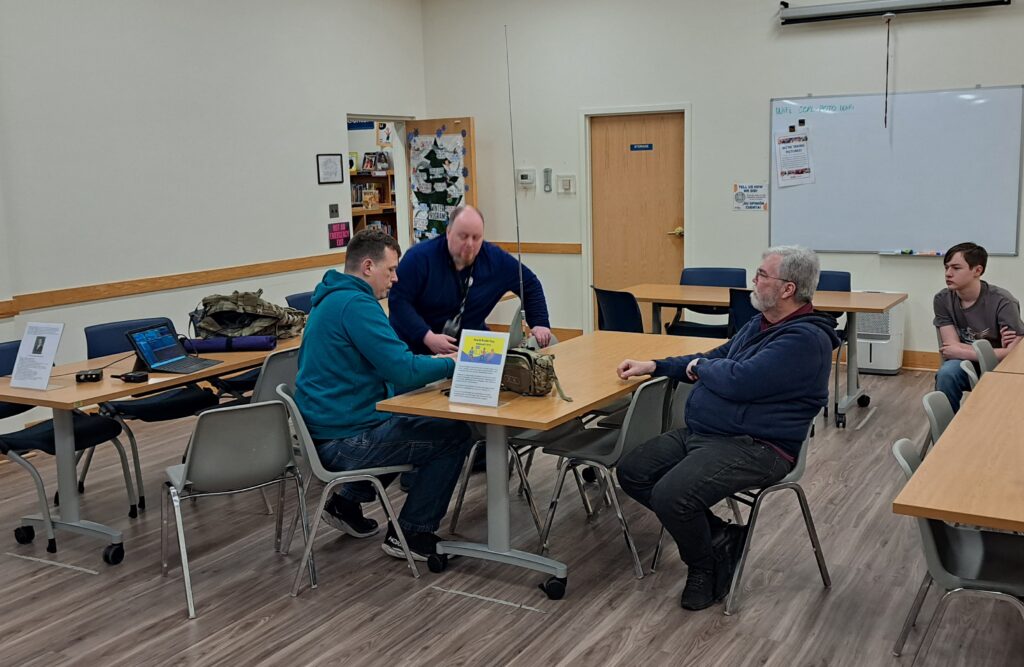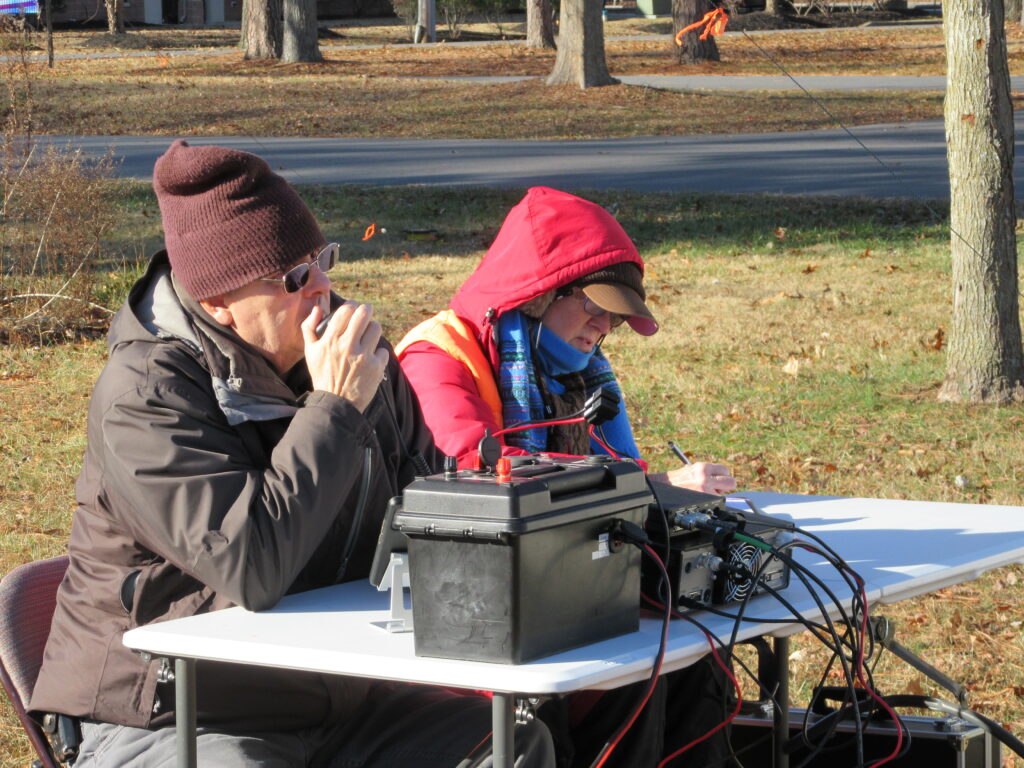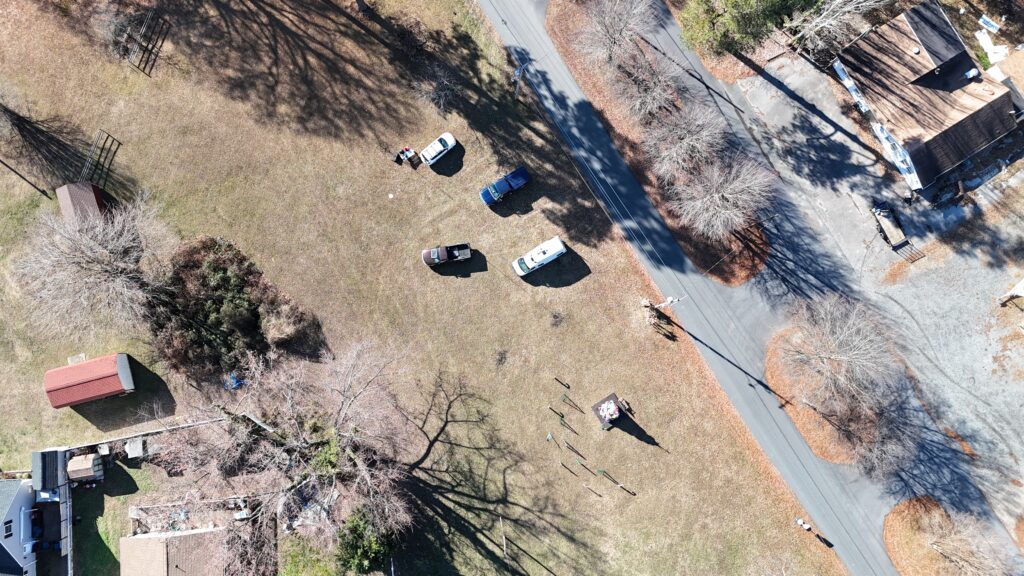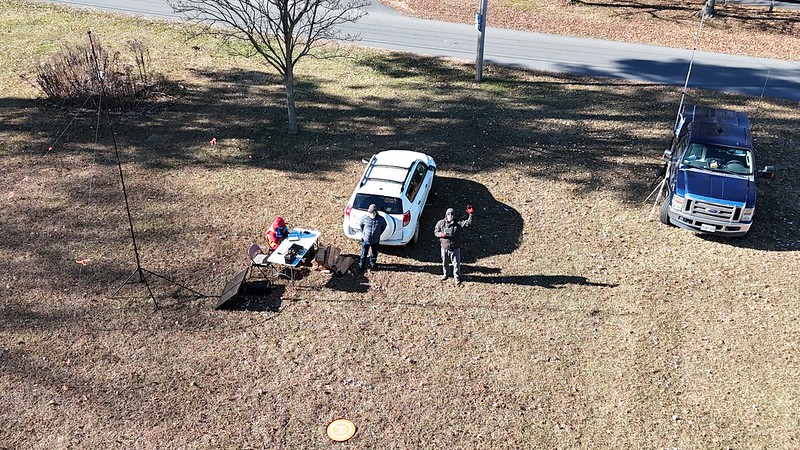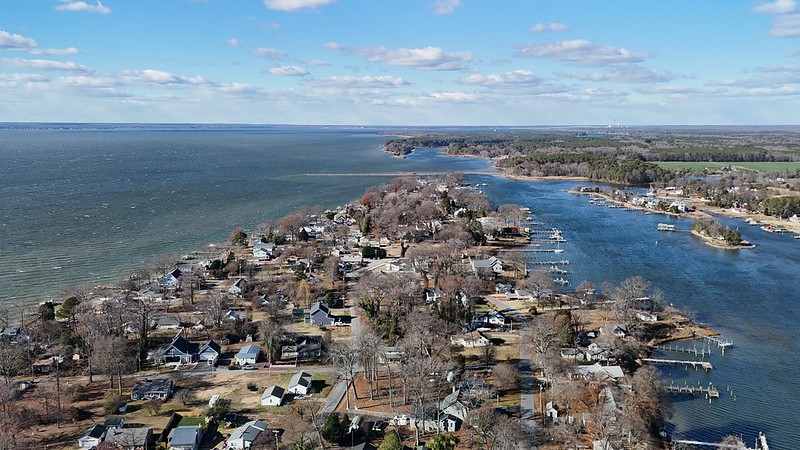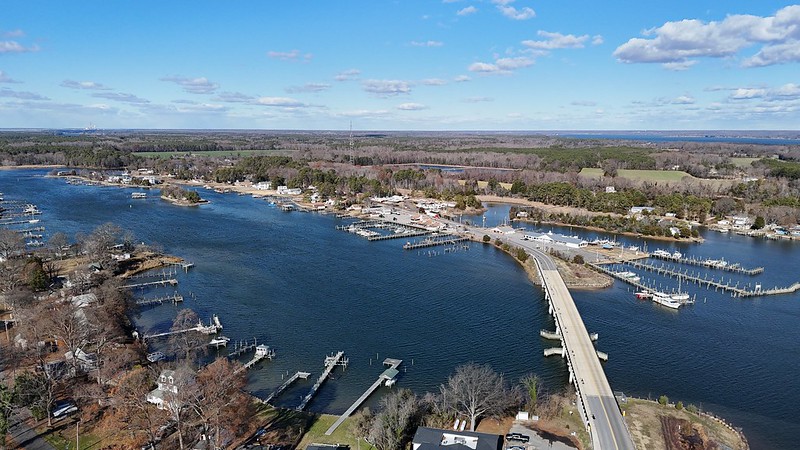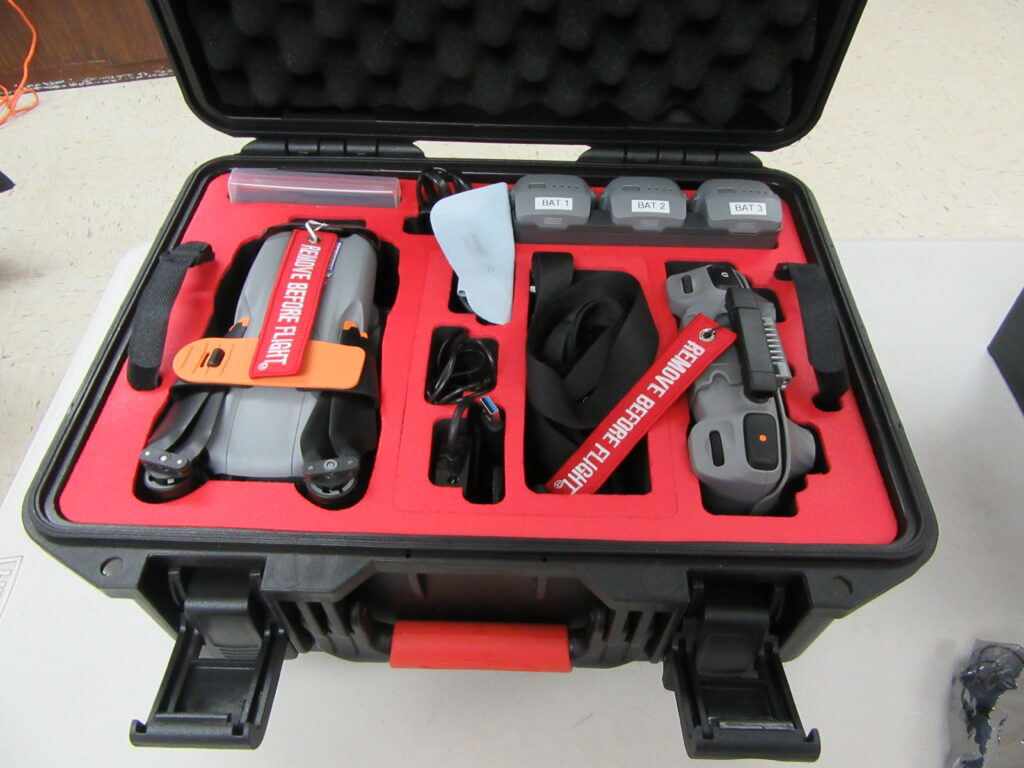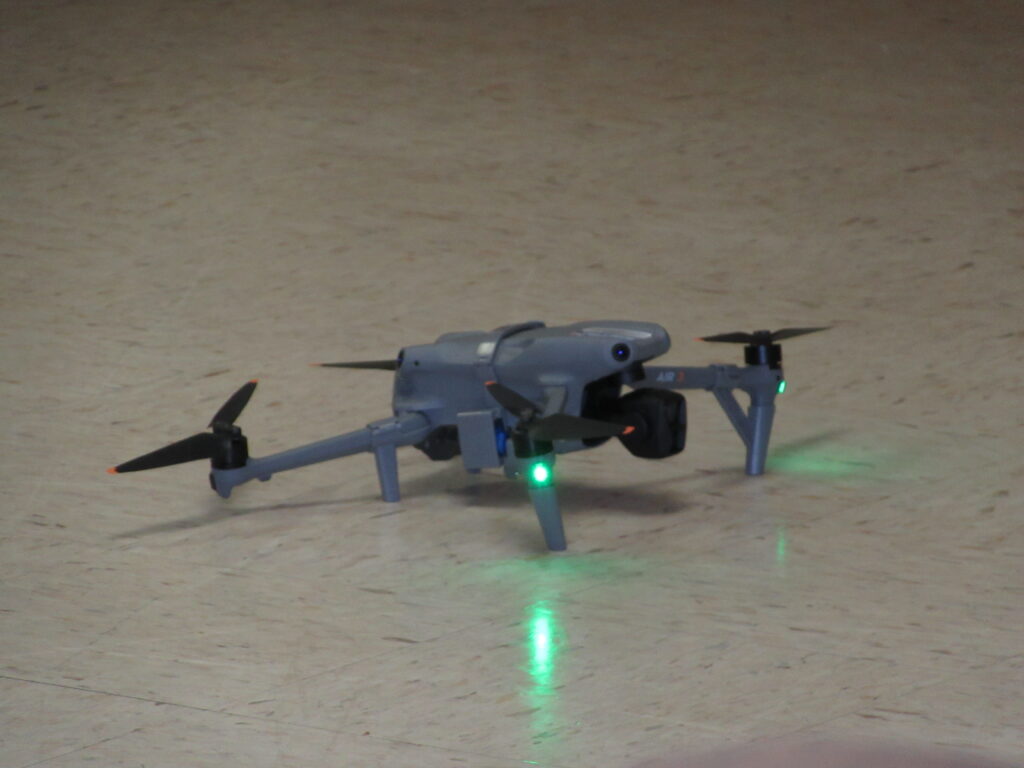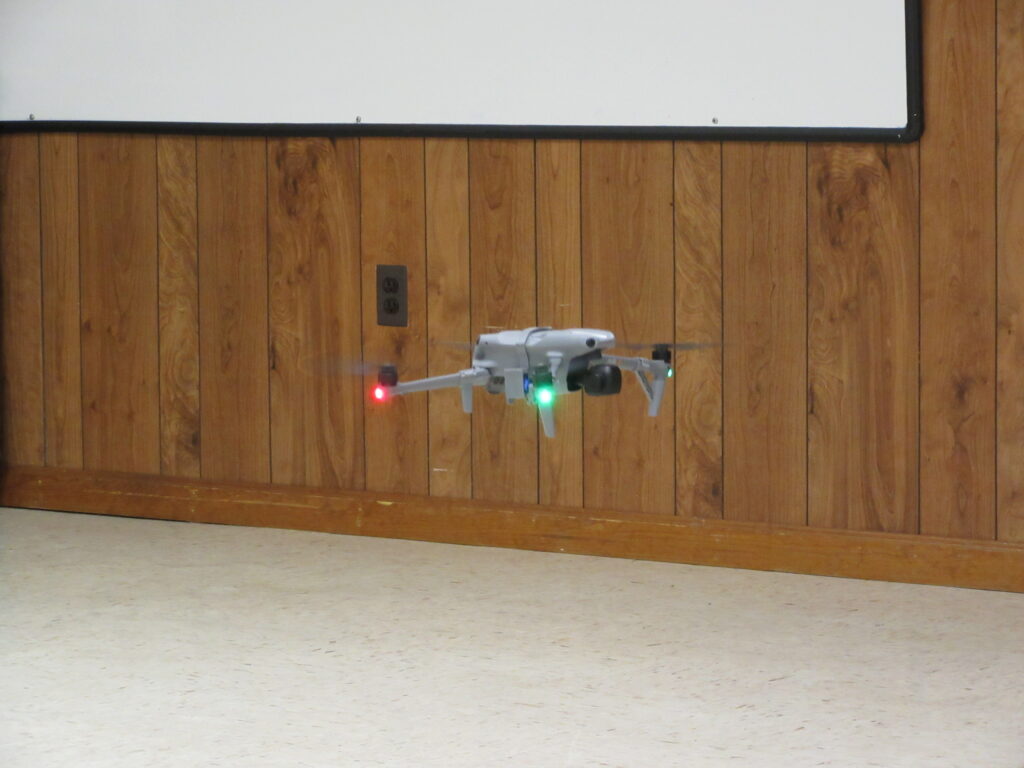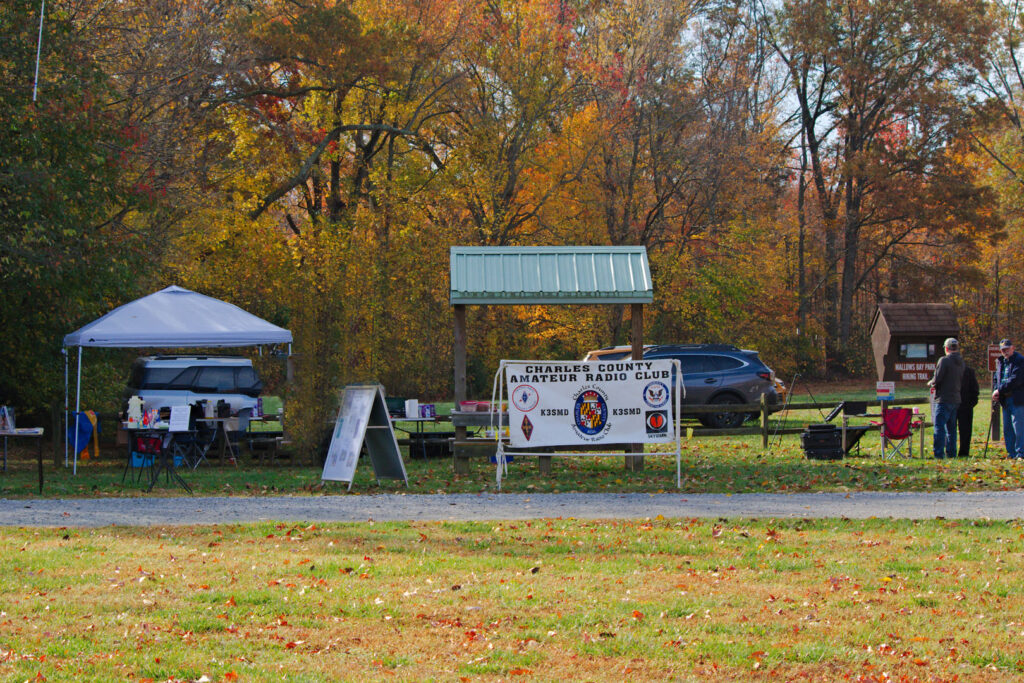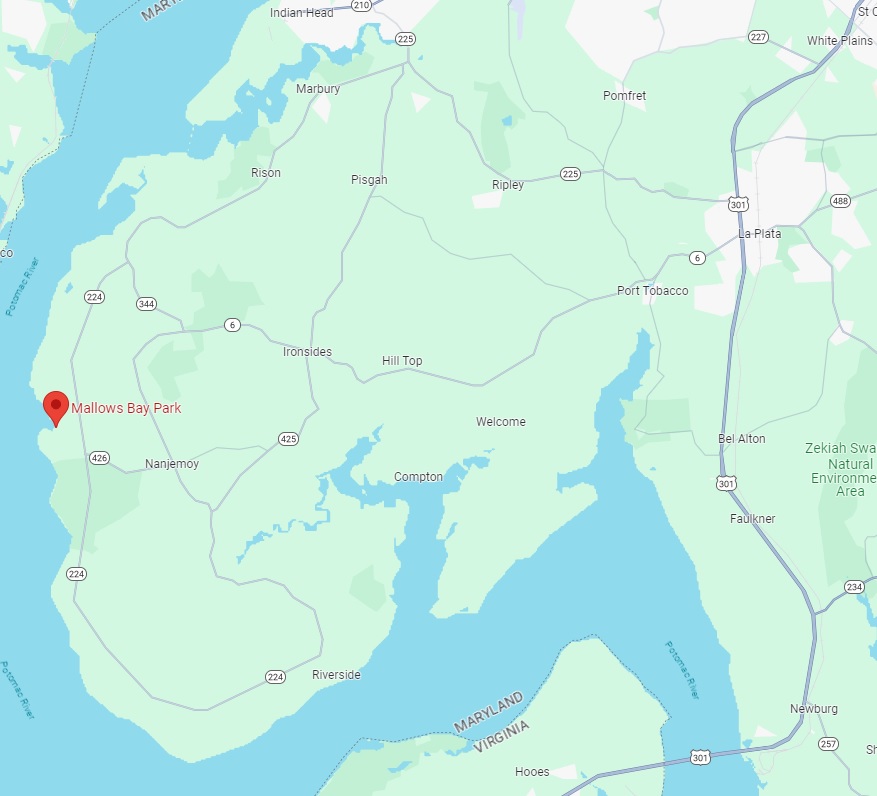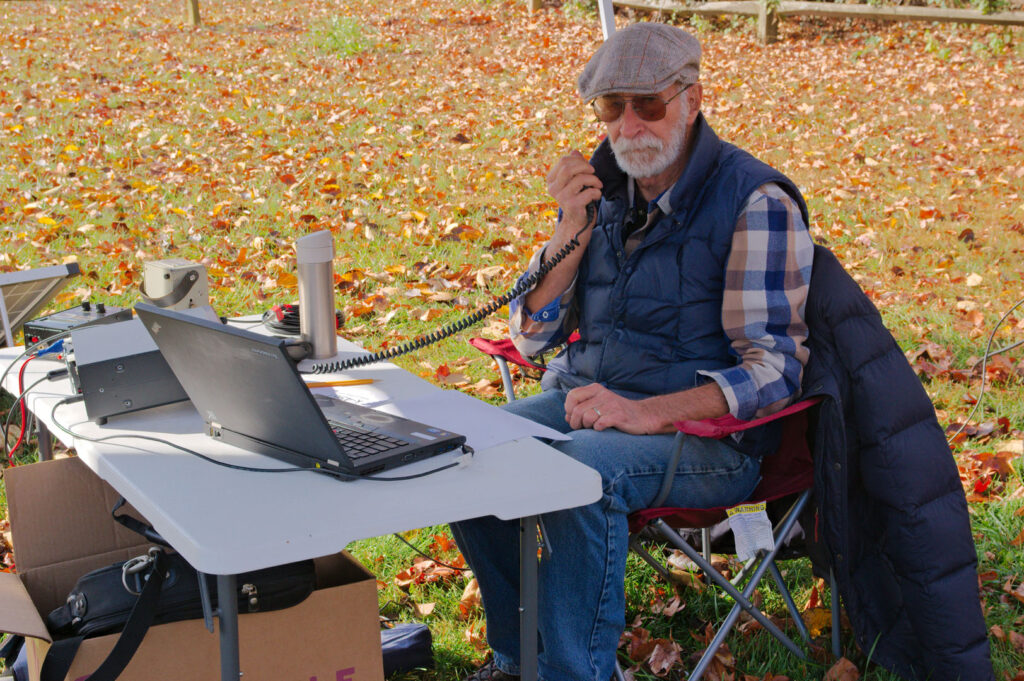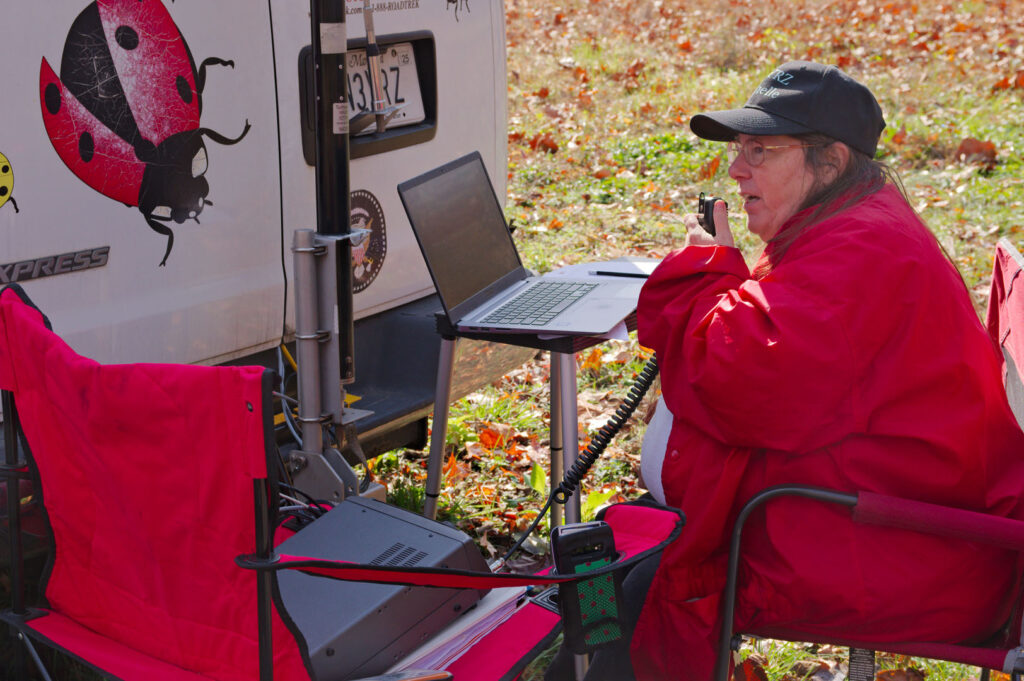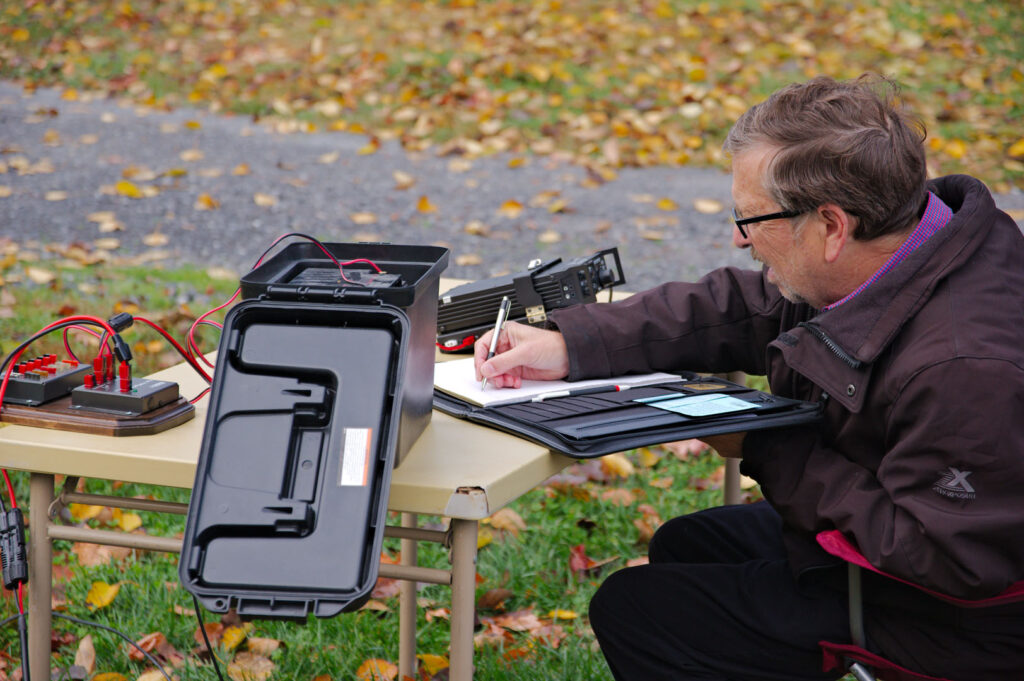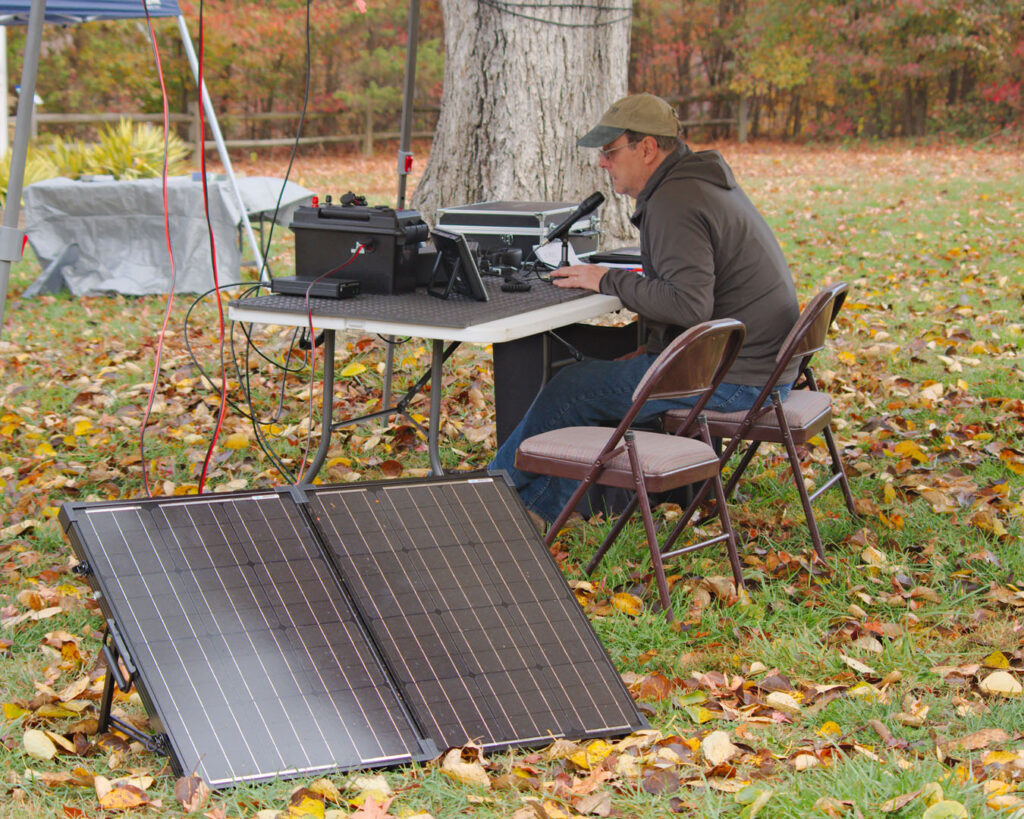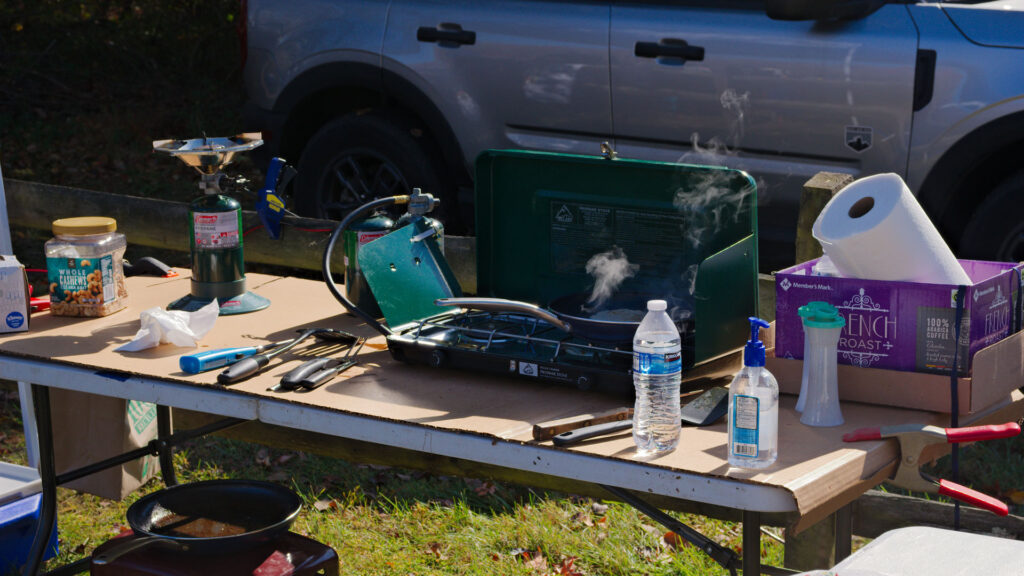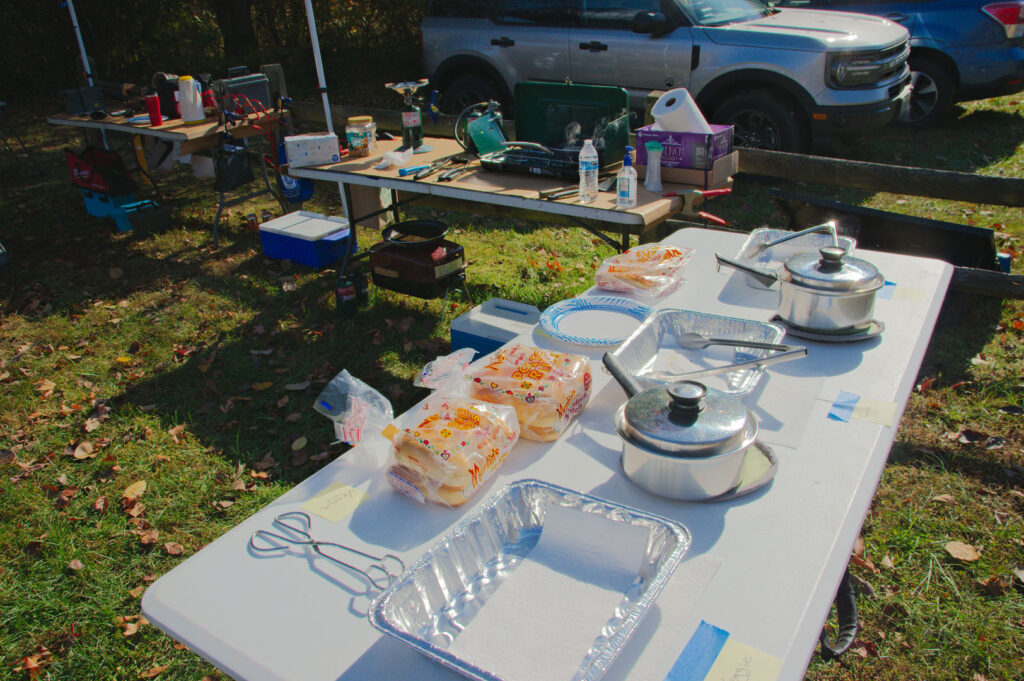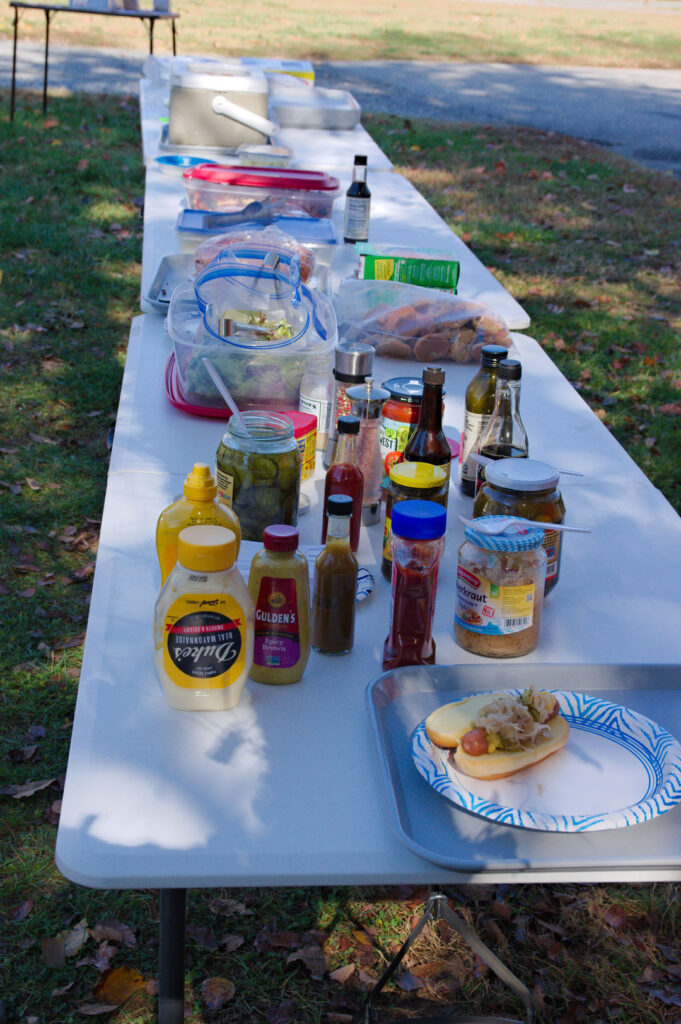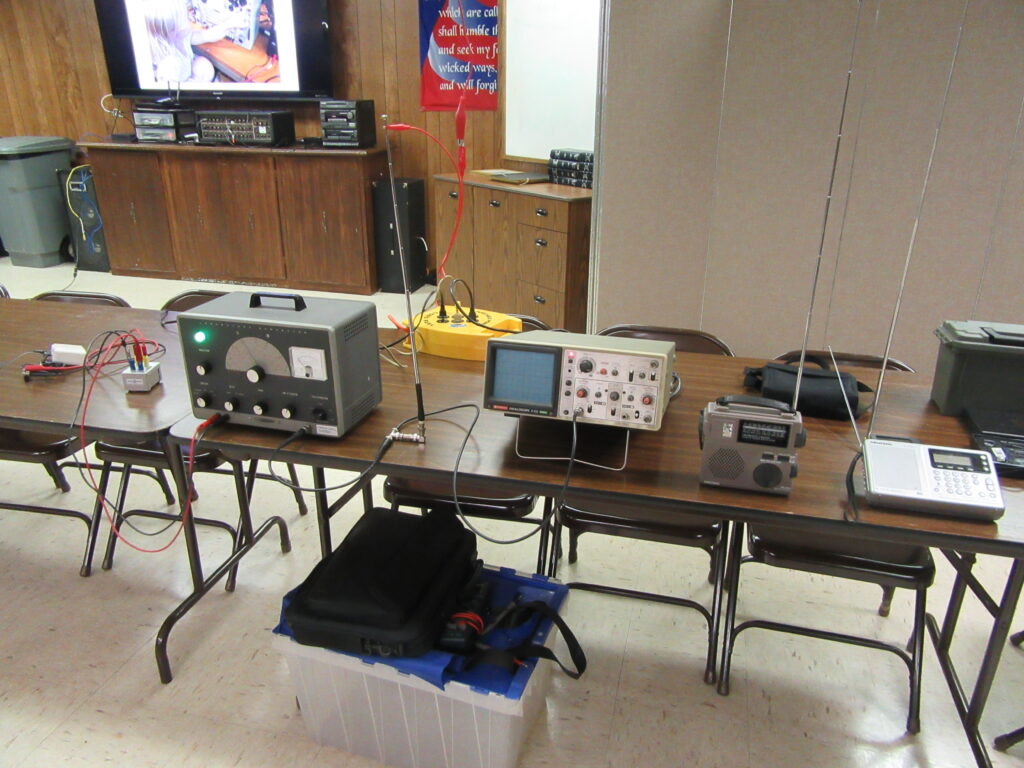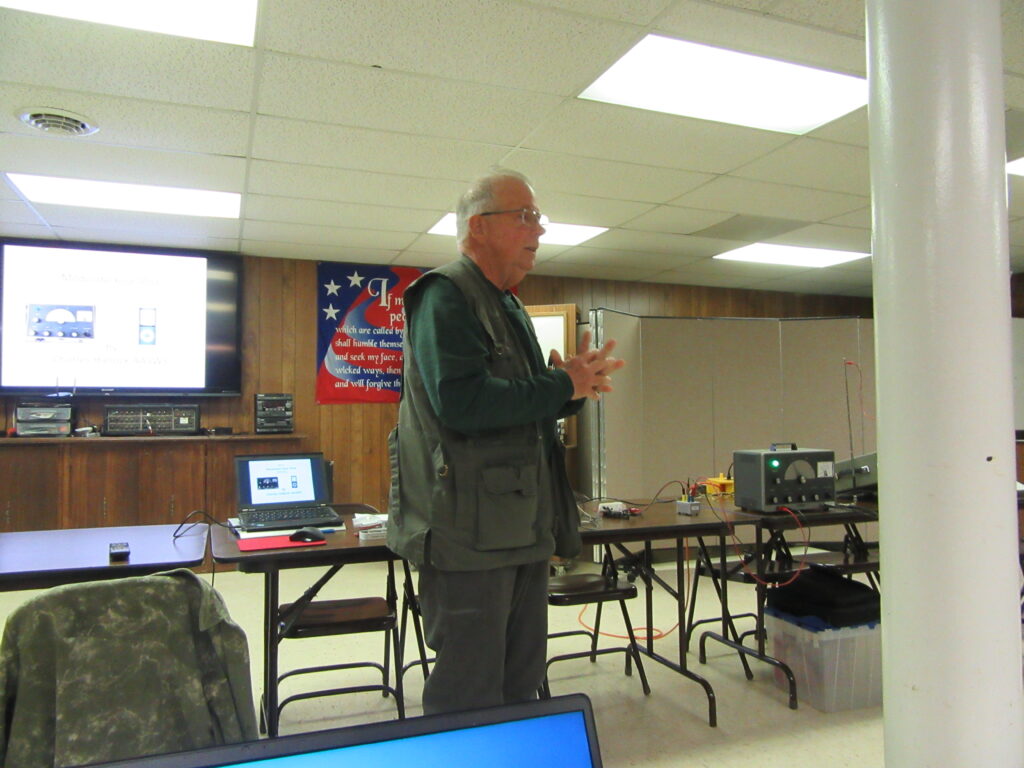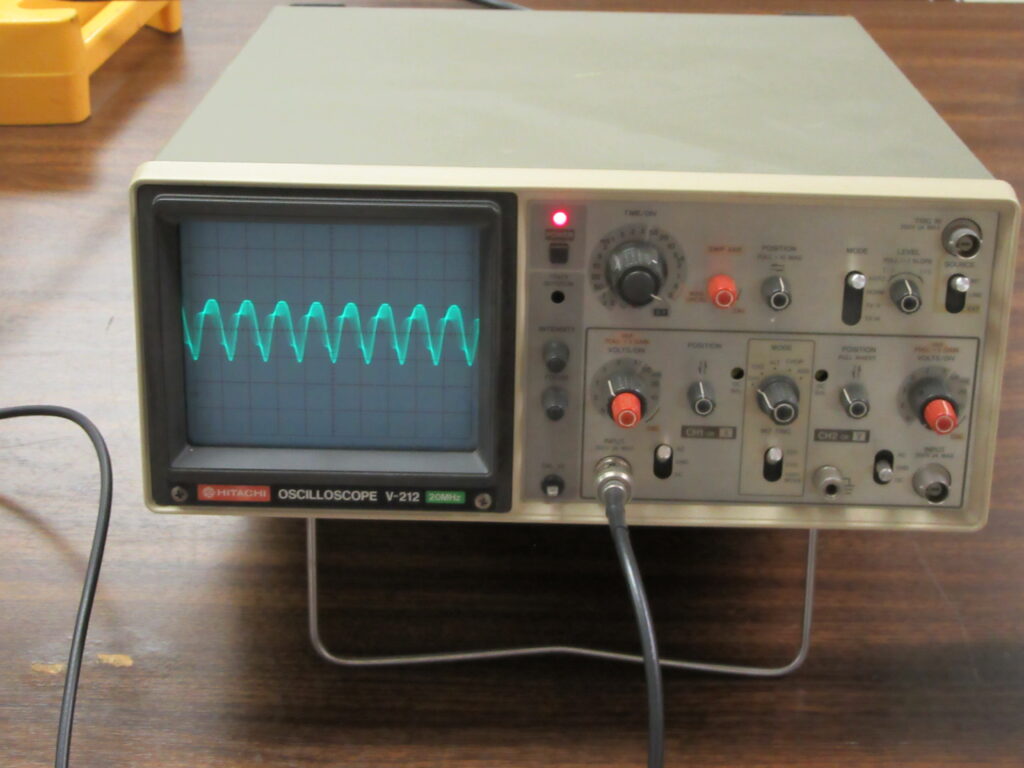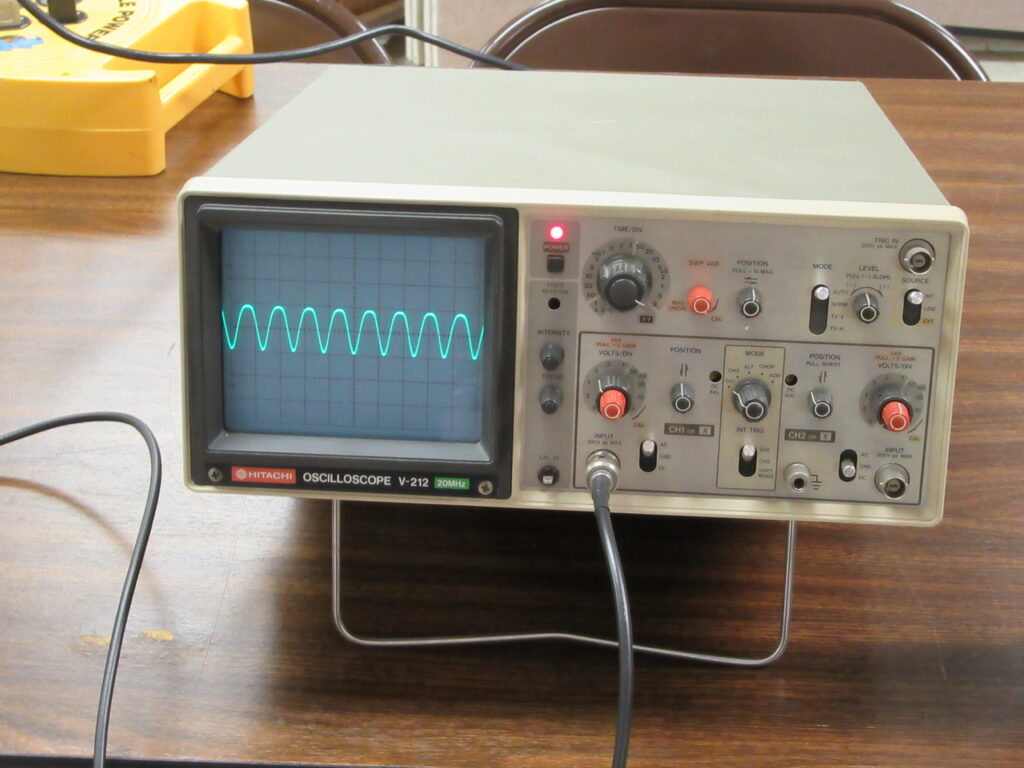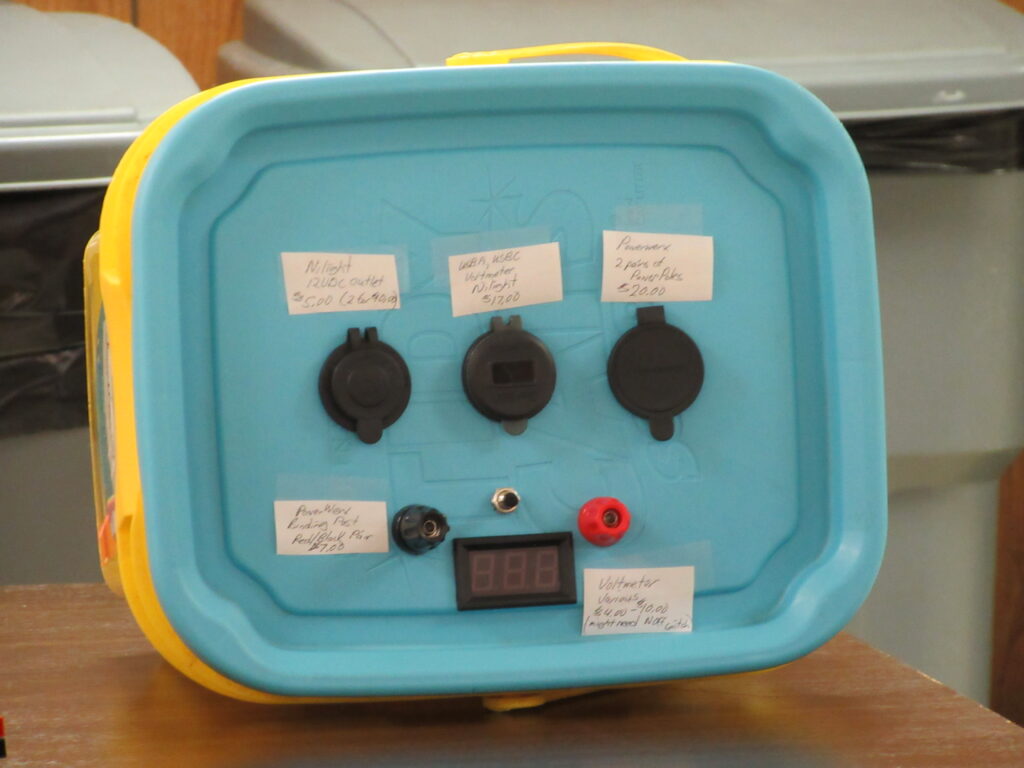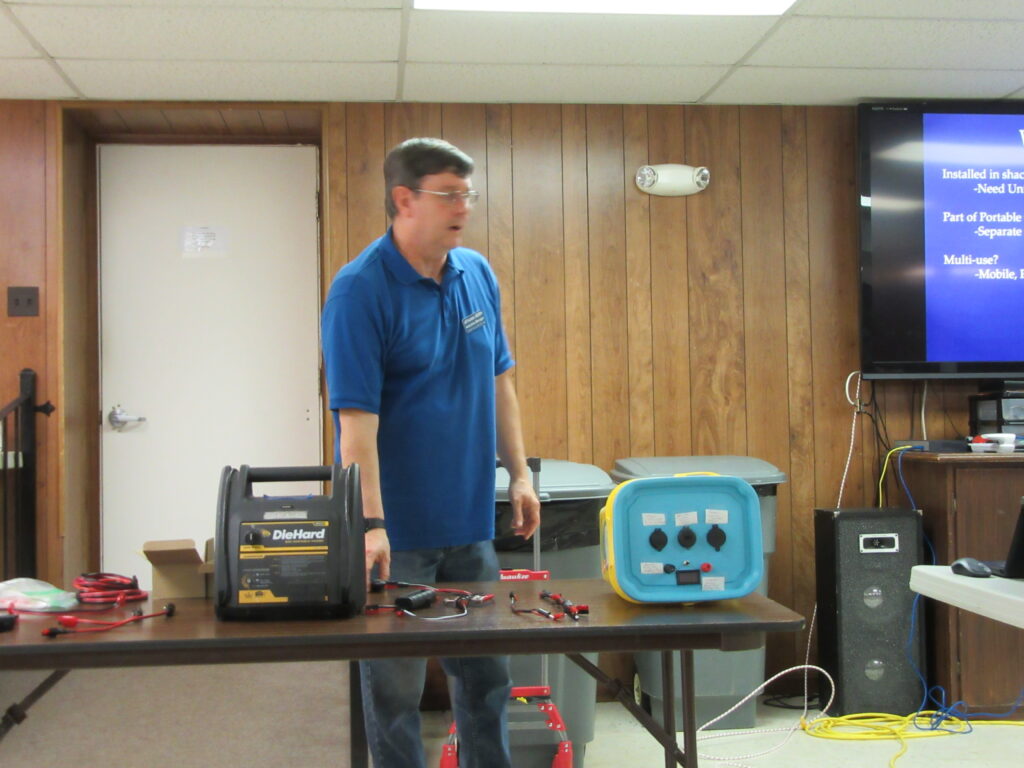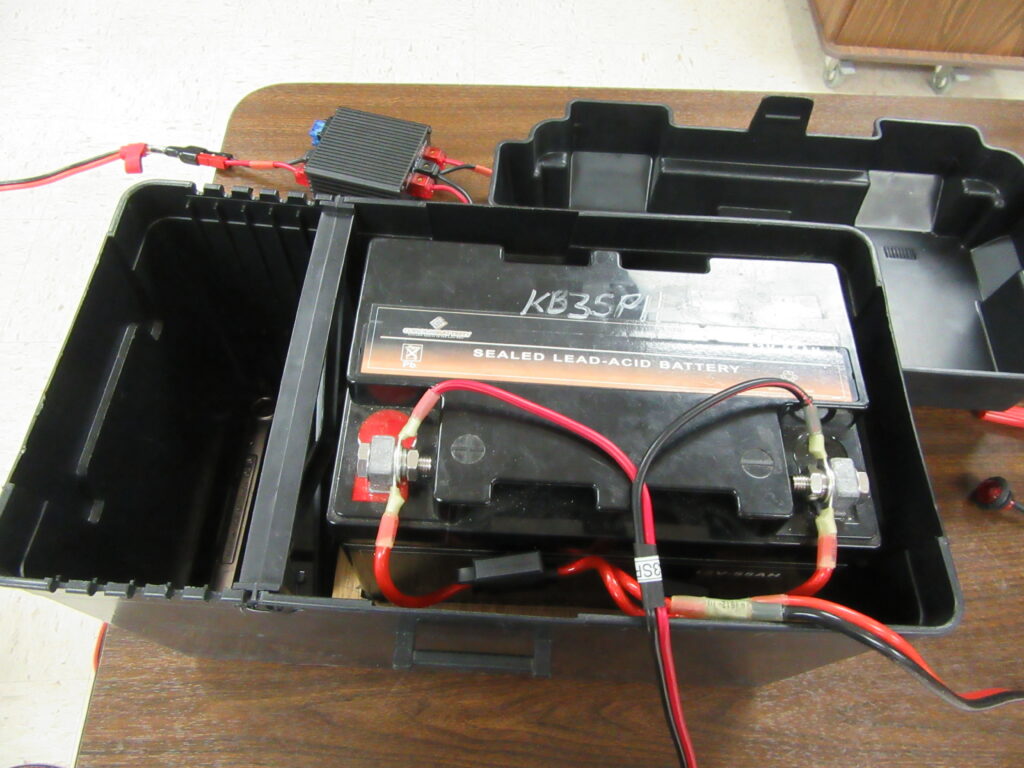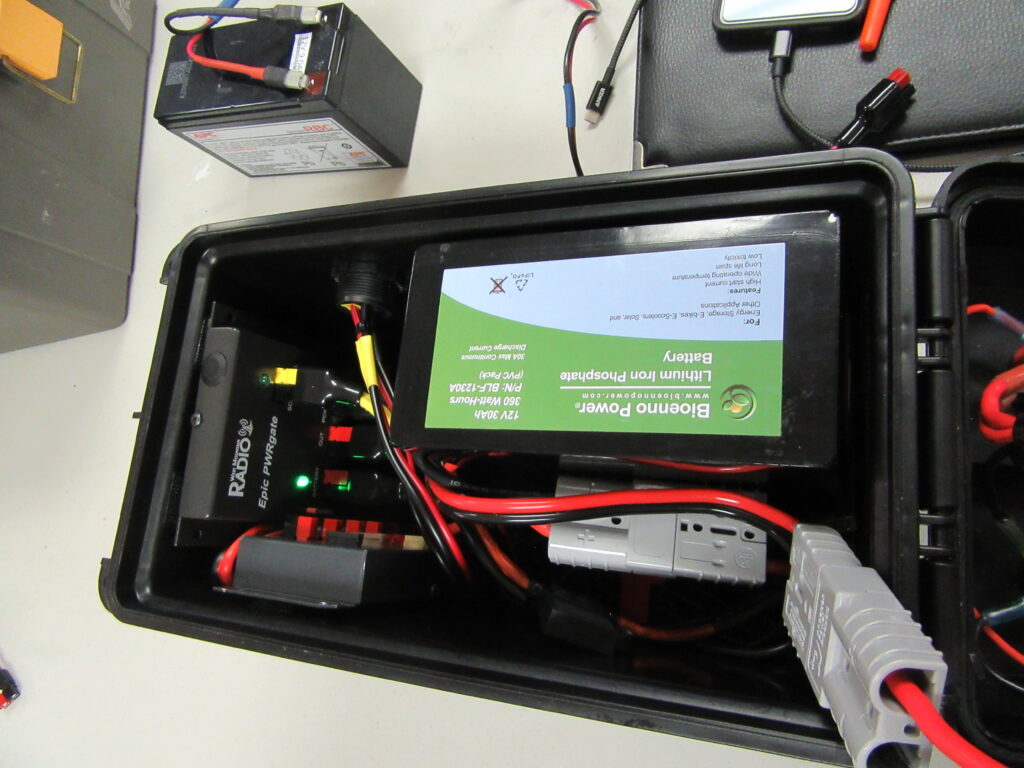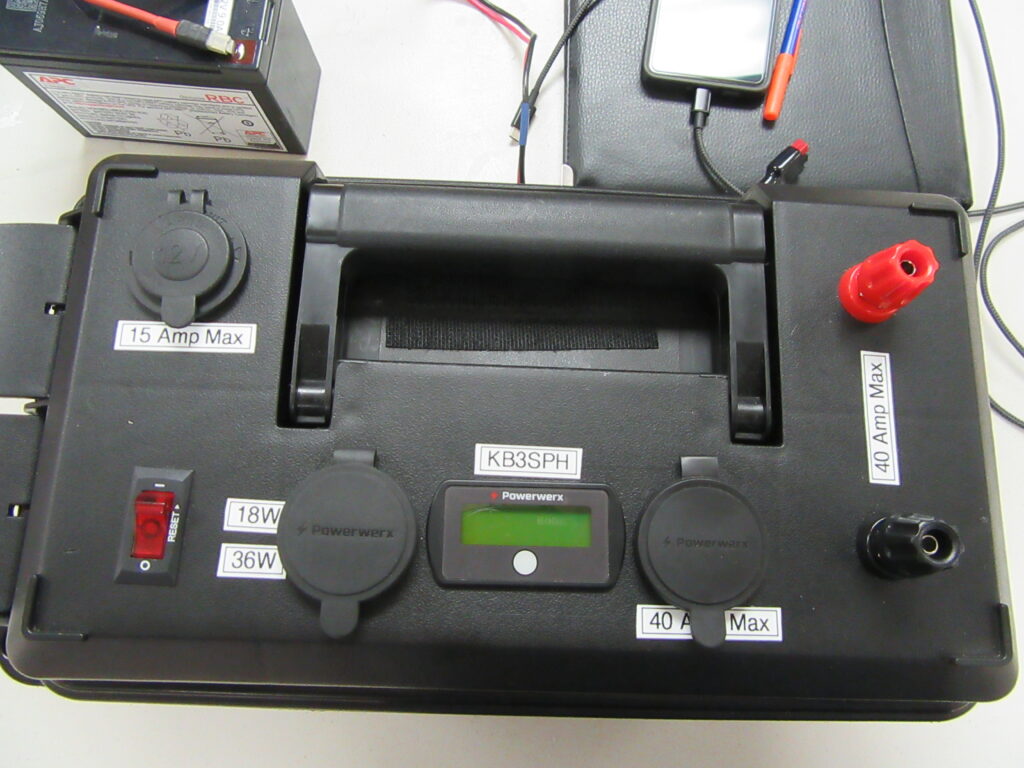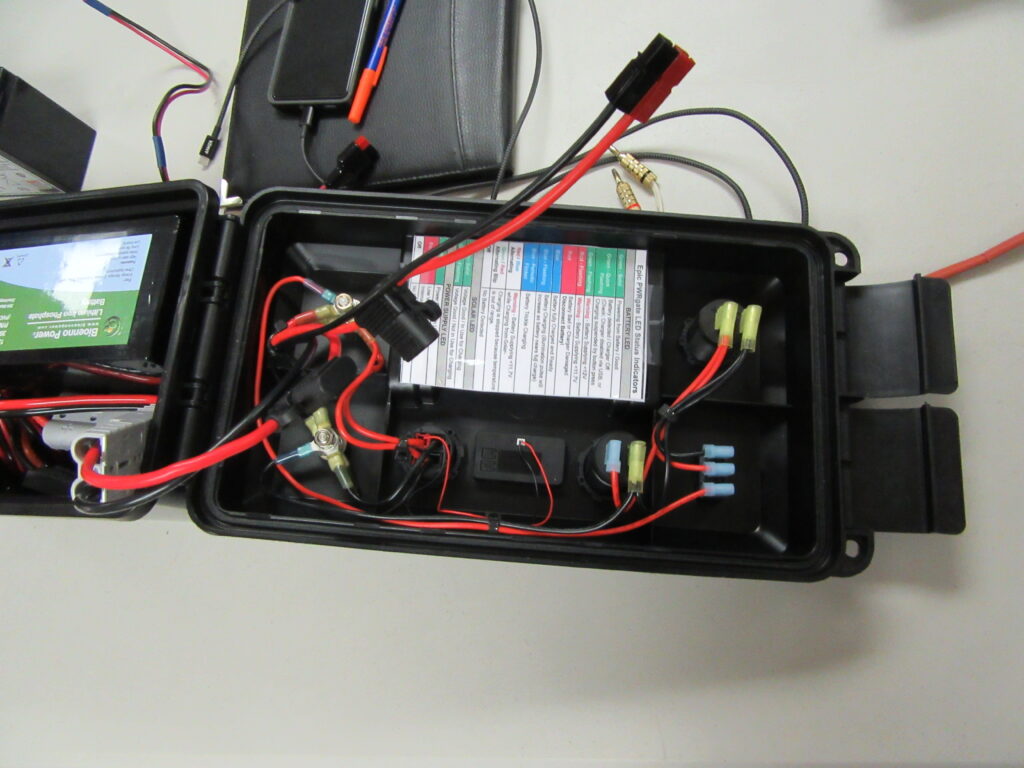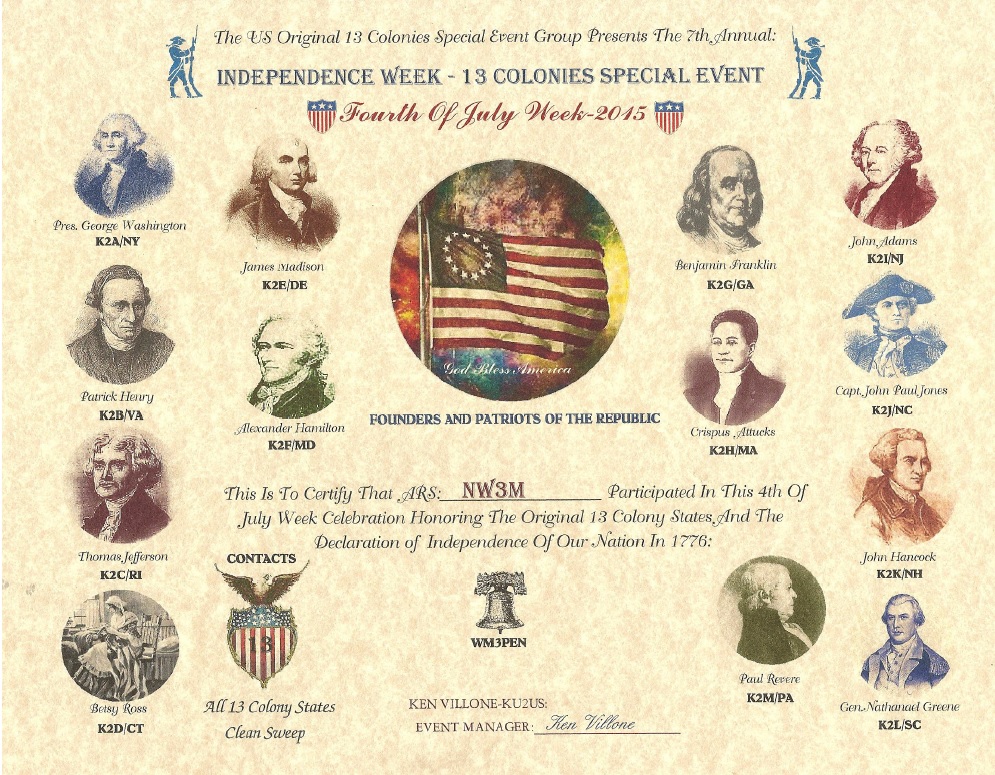On April 12, 2025, seven members of the CCARC set up a display table at the CSM Art of Innovation STEAM Festival. If you’re wondering, STEAM stands for Science, Technology, Engineering, Art and Math. Local groups that offer activities and learning opportunities in one or more of those categories were invited to set up displays and engage with curious kids and adults.
Our display table featured the replica vintage spark gap transmitter that Bill, W8BL, built for the Cobb Island Day, a poster about Samuel Morse and his famous telegraph code, SNAP Circuits modules and a VHF/UHF radio. Near the Morse poster was a code key connected to a vintage Heathkit code practice oscillator.
Michelle, N3YRZ, and Theresa, KC3WXB, held down the fort at the display table for most of the four-hour event. They spent their day talking to visitors about amateur radio and the world of opportunities it holds for kids and adults alike. They reported even having a few inquiries about where to get license study materials.
The SNAP Circuits were a hit with the kids as well. Little kids were delighted to build a simple functional circuit by following the simple instructions that come with the kits. Parents were impressed with how easily their children could successfully build working circuits with the SNAP Circuits system.
Brad, W8NO, also spent time meeting with the public at our display table. He brought along his small, lightweight HF field radio system that fits neatly in a bag slightly smaller than a loaf of bread. Visitors to the table were surprised at the size and portability of his portable system with global signal range.
While the ladies were busy at the display table, other CCARC volunteers led workshops in the art of soldering and electronics kit building. A total of 23 participants took part in the kit building workshops under the guidance of either Bill, W8BL, Dan, KC3OPK, Joe, KB3HNP, or Bob, NW3M. Each person completed the simple LED flasher kit developed by the CCARC that they could take home.
Seeing the grins and excitement on the kids faces when their project came to life the moment they connected the 9-volt battery was gratifying to parents and volunteers alike.

